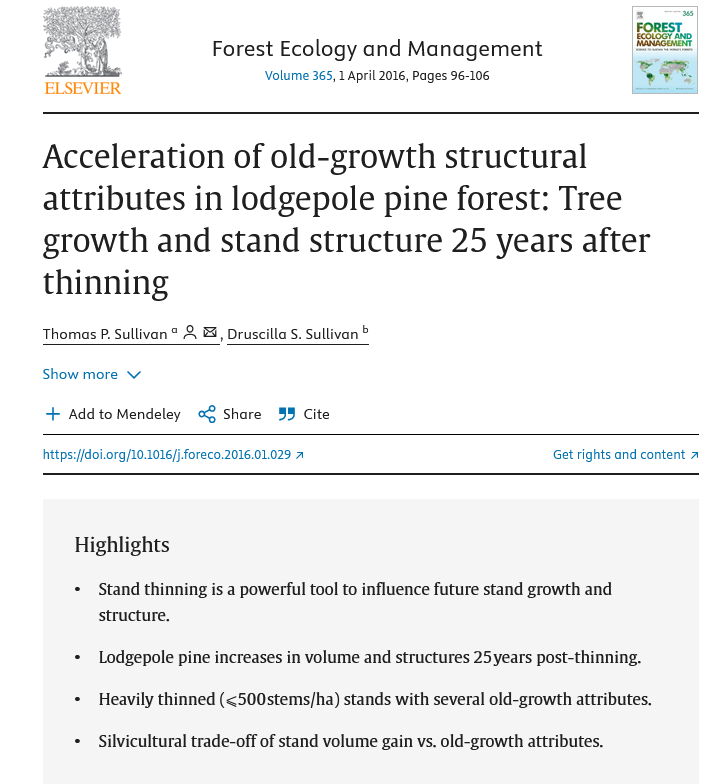I’m diving into the OG National Amendment this week. At this point, it seems to me like another pointless paperworky exercise, full of obtuse verbiage, that will load down the feds so they can do less of the work that Congress gave them megabucks to do. Plus possibly waste much local time with unclear processes that may amount to reinventing the wheel, at best. As I used to call the Wolf Creek project “Reasonable Access for Unreasonable People”, I might call this one “Consistent Frameworks for (ecologically and culturally) Inconsistent Forests”. Not that I’m critiquing the FS at all, they have been both diligent and creative in trying to make a silk purse out of a sow’s ear (IMHO).
Despite these initial impression, I’m trying to keep an open mind. If you know of drafts of letters, and can share to my email sharon at forestpolicypub.com that would help me greatly.
Also according to the amendment webpage,
Throughout the public comment period ending on September 20, 2024, the Forest Service will be engaging with the public to provide information about the draft environmental impact statement and answer questions.
Information on public engagement sessions will be shared on this website and updated regularly. A virtual information session was held on June 28.
The agency held a series of regional field meetings across the country on July 10 and a virtual summary session will be held on July 31, 2024, at 12:00 pm ET. Registration is required for this event.
If anyone was involved in any of these public meetings, especially the “regional field meetings,” please give me your impressions, either below or via email. I’m usually invited to suchlike but didn’t hear about ours.
If you had thoughts you can also put them in the comments. Is anyone actually reading this? Especially volunteers? And what parts are most important, and which do you think can be skipped?
Thanks!

Since it’s an amendment, the real test will be when the amendment is signed and each forest has to go through the process of determining where the amendment is more restrictive than their current forest plan and where it is not. I’m sure that folks who were around in R6 for the Northwest Forest Plan (which amended 16? Forest Plans in R6) and the Eastside Screens (which amended 8? Forest Plans in R6) can speak more to lessons learned from that in the mid-1990s. The most frustrating part is probably going to be that the current old-growth “inventory” is based on modelled data using FIA data, so determining where the old-growth is on the ground is going to be challenging since the modelled data is not meant to be used at the stand scale.
Thanks, A! I remember that disjunct (FIA data vs. stand scale) coming up in the earlier webinars.. people weren’t very clear on how that would all work ..the process to determine what is real old growth and how to monitor (FIA? satellite?). Maybe that’s all in the EIS.
This doesn’t sound a lot different from other forest planning assumptions leading to forest plan direction that has to be validated on-site prior to projects based on some criteria that were hopefully included in the planning process and/or forest plan. Is it really big game winter range or lynx habitat? Is it physically suitable for timber production? Is it old growth? Forest plan effects analysis is intended to be accurate at a forest-level (and I assume FIA data would facilitate that). And yes monitoring actual findings was supposed to be part of this picture.